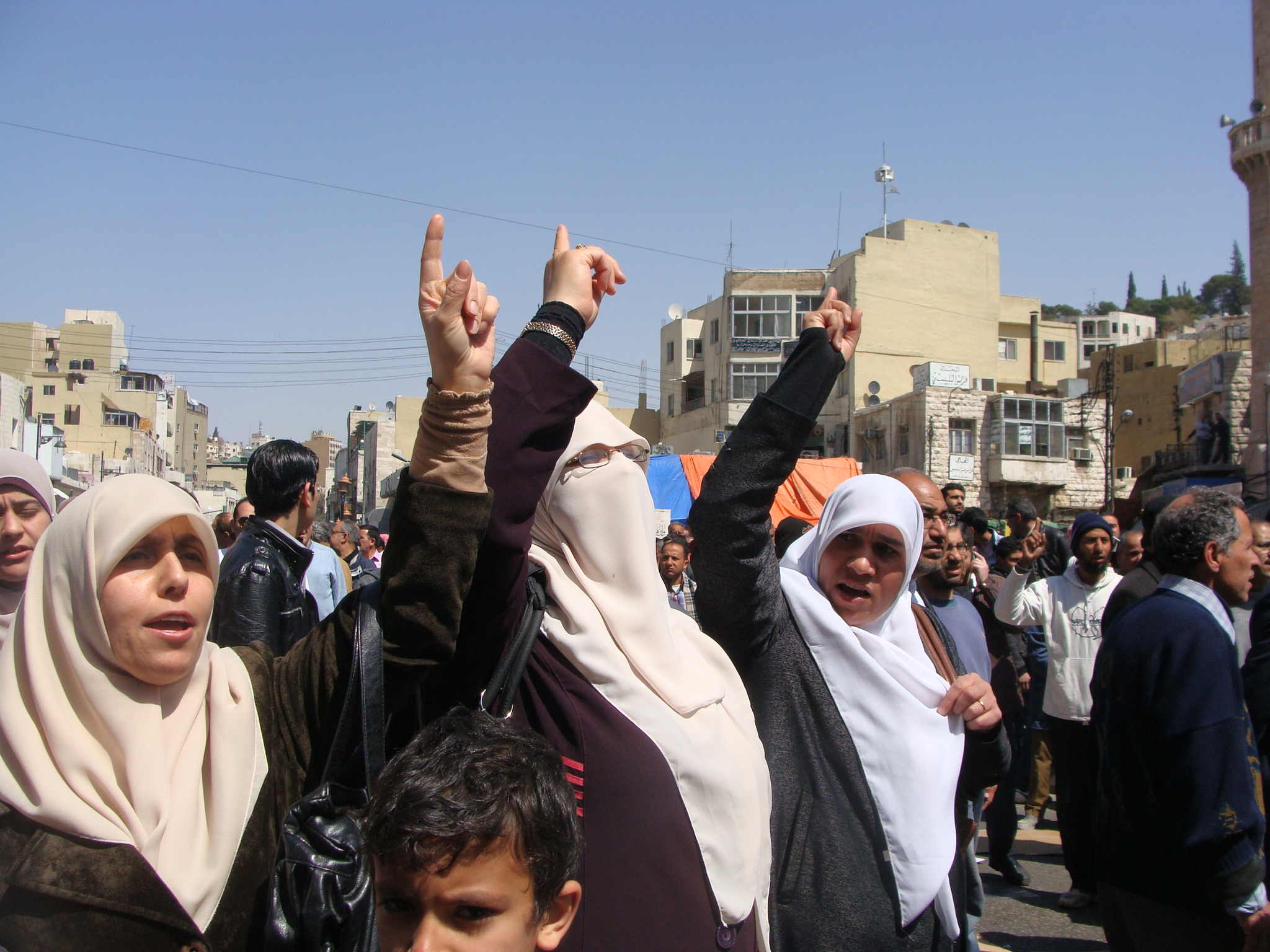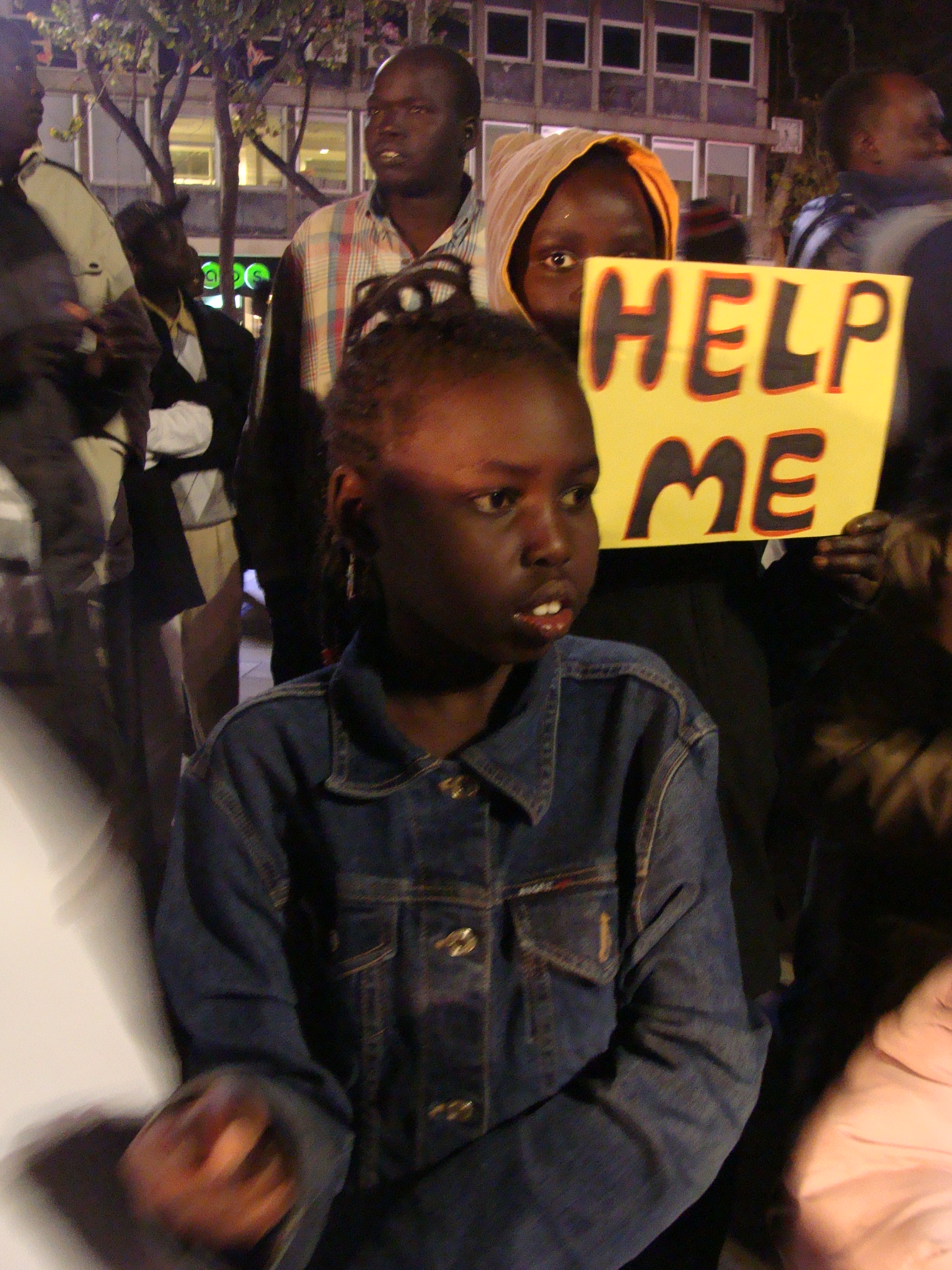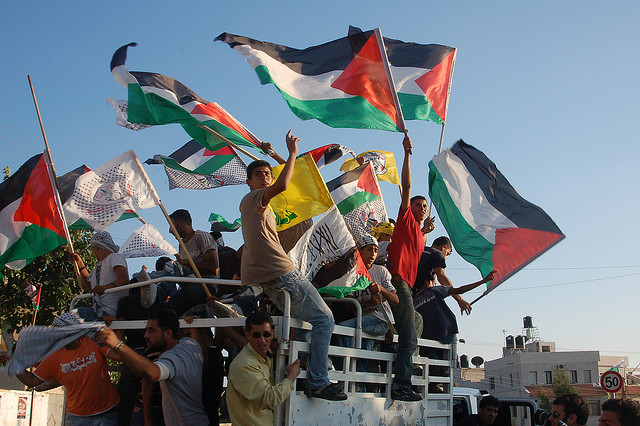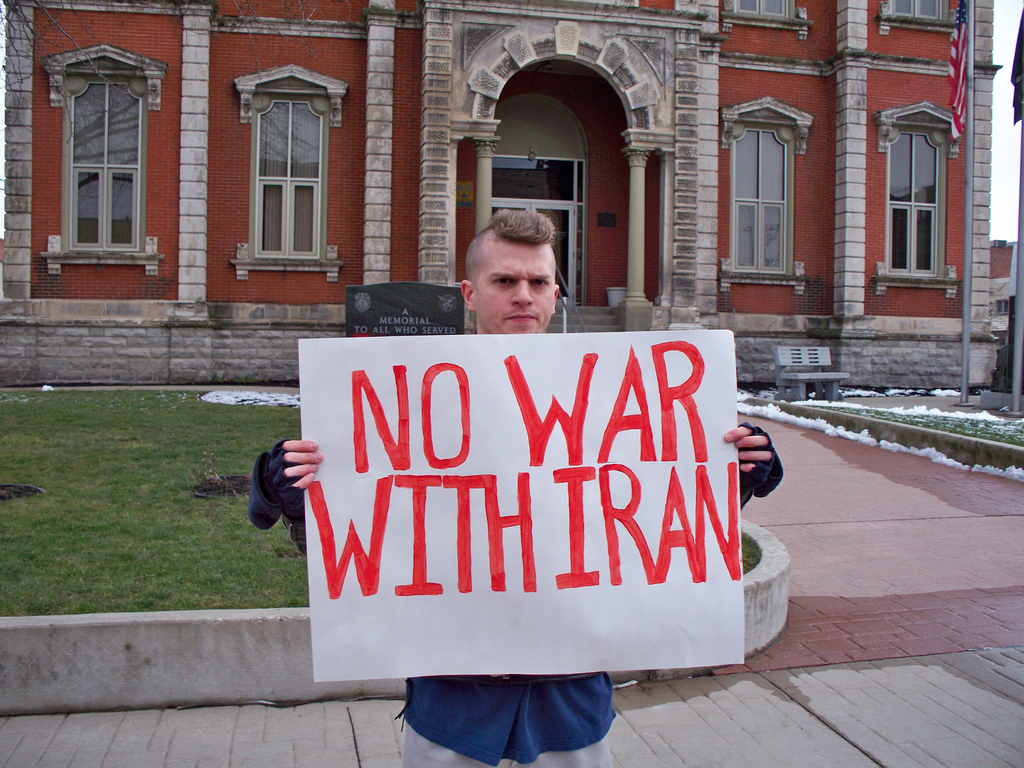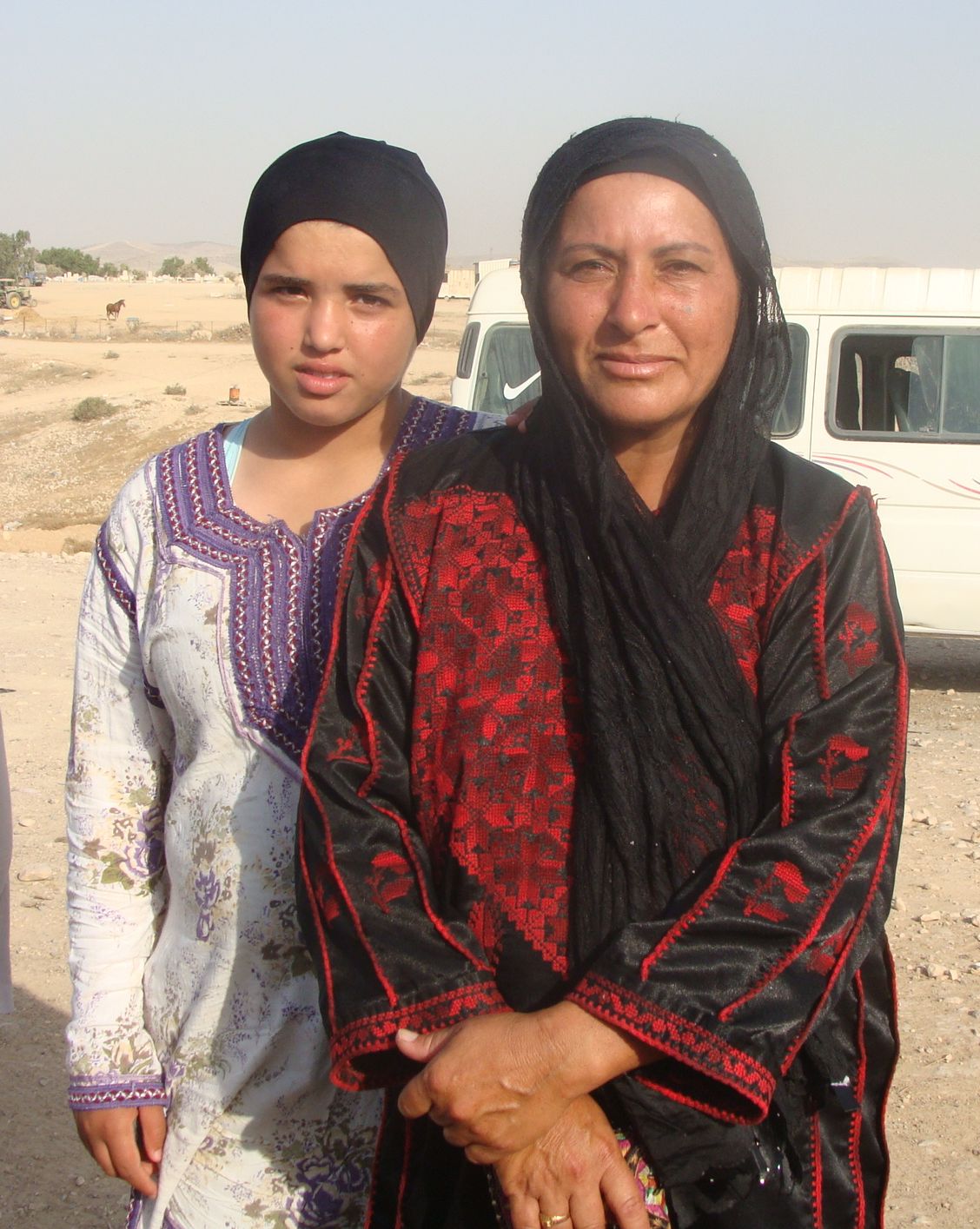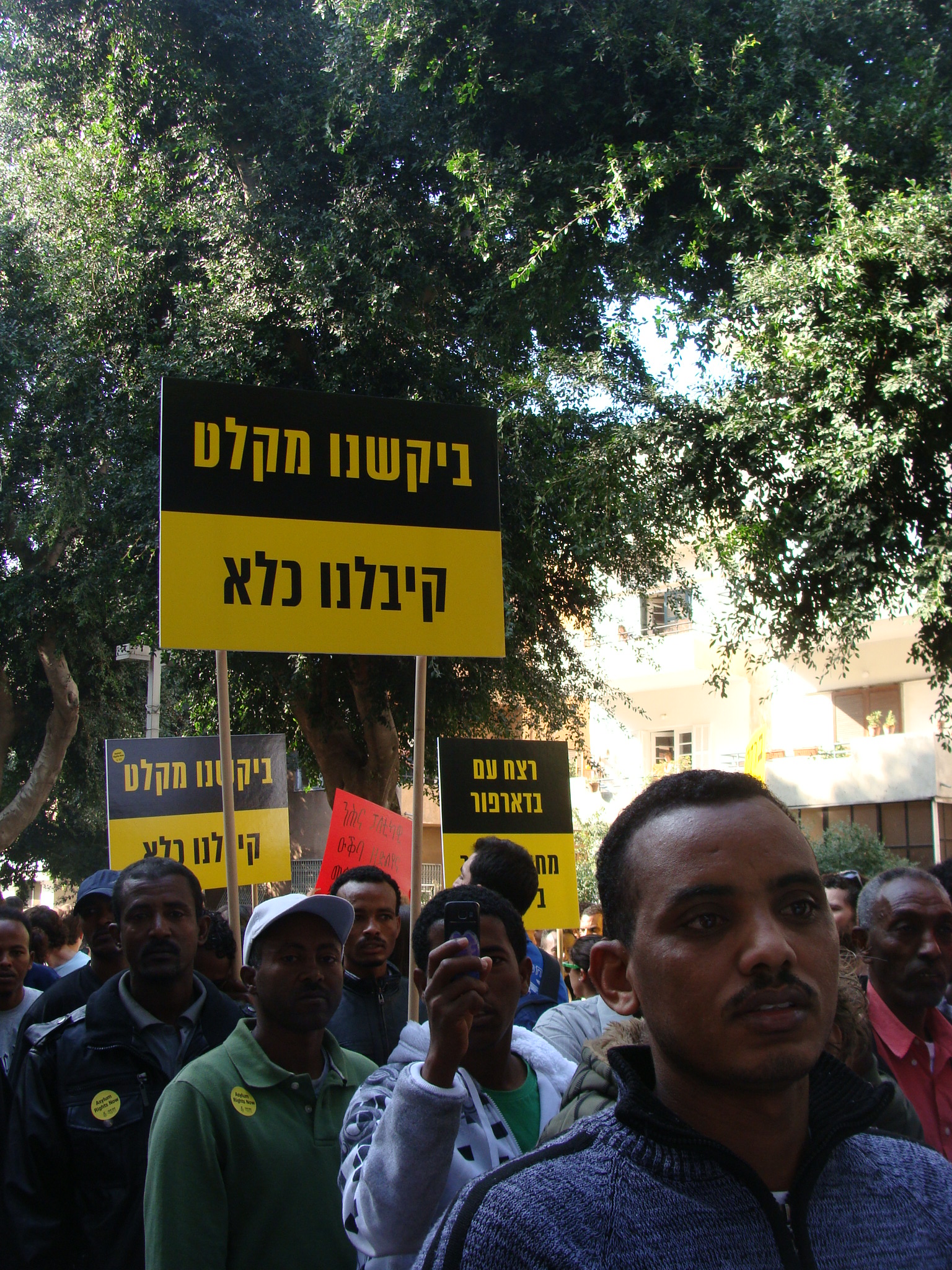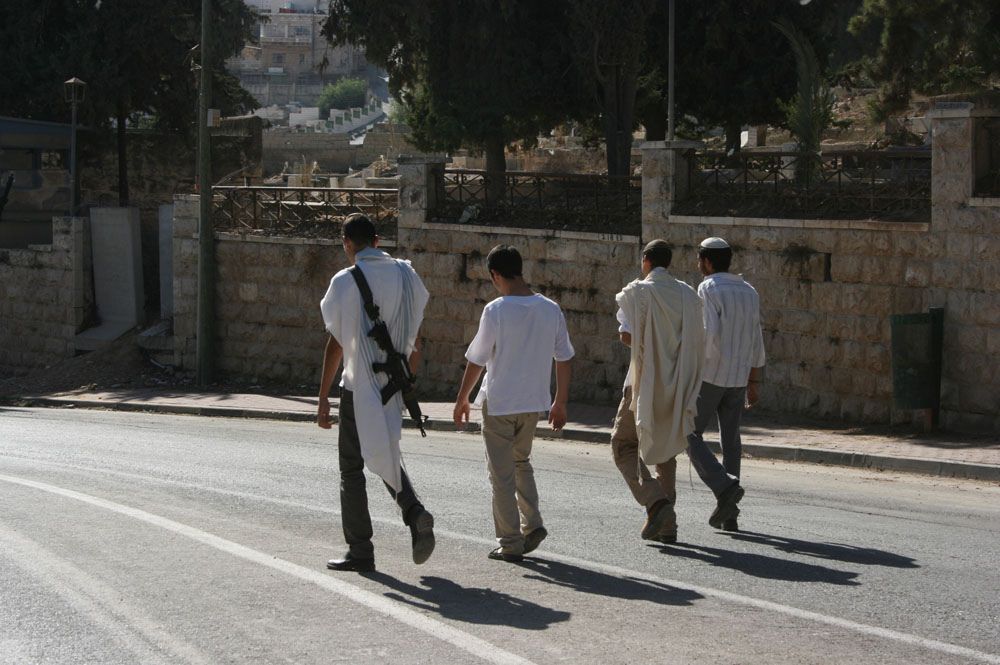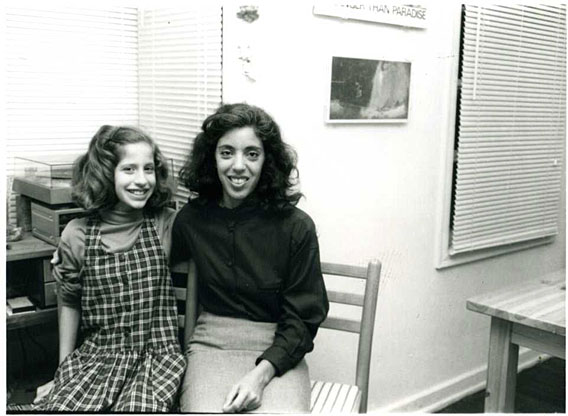The National, May 10, 2012
On Tuesday Israelis woke up to the surprising news that the early elections Prime Minister Benjamin Netanyahu had announced on Sunday had been cancelled.
In a deal made while the country was asleep, Netanyahu forged a new coalition with Kadima. Now the Knesset will march in lockstep behind the PM, meaning little will change. Not that elections would have made much of a difference, however – the popular Mr Netanyahu had been expected to win by a landslide.
Public support for him is somewhat surprising. Last summer’s protests against the cost of living suggested that many Israelis are less than satisfied with the state of the state. And almost a year later, life in Israel is only getting more expensive. Housing is as unaffordable as ever and wages are still relatively low. The gap between Israel’s rich and poor remains one of the highest in the western world. This winter saw a steep increase in electricity and gas prices. And, despite last year’s “cottage cheese protests”, food prices continue to rise.
“Social justice” – a term Israelis use not about ending the occupation of Palestinian land, but about building a more egalitarian economy – remains elusive. Meanwhile Mr Netanyahu’s government uses policy and rhetoric not only against Palestinians but also against Israel’s other “others” – migrant workers and African refugees.
Palestinians have been squeezed by the Netanyahu administration: increased settlement growth; a dramatic rise in demolition of Palestinian and Bedouin homes in East Jerusalem and Israeli-controlled Area C in the West Bank; and the approval of the Prawer Plan, which will see tens of thousands of Bedouin citizens of Israel forcibly removed from their villages in the Negev (Naqab) to make way for Judaisation of the area.
But Africans and refugees are under pressure, too. The list of examples includes a government campaign in which paid actors claimed that they are unemployed because foreigners took their jobs. It includes the deportation of Israel-born children of migrant workers, even though the Supreme Court overturned the policy that made their parents illegal. It includes the construction of what will be the world’s largest detention centre, a prison to house African refugees, including women and children. There, asylum-seekers will be held without trial, most for up to three years, some indefinitely.
Their only crime will be that they violated Israel’s 1954 Infiltration Prevention law, intended to criminalise the actions of Palestinian “infiltrators” – refugees who attempted to enter the newly created state of Israel to return to the homes and lands from which they had been expelled in 1948, during the nakba. Last year, this law was modified to include undocumented migrants who enter Israel via Egypt. A large majority of those coming in through the southern border are African asylum-seekers, a group the government, including Mr Netanyahu, calls “infiltrators.”
And then there’s the legislation that Israeli human rights groups call the “slavery law.” It’s a modification of the 1952 Entry to Israel law, conferring privileges on Jews while preventing Palestinians from returning. It places severe restrictions on the freedom of foreign caregivers, going as far as to limit them to a set region of the country.
It’s no coincidence that Israel is using laws intended to discriminate against Palestinians to tread on the human rights of another non-Jewish group.
In 2003 Mr Netanyahu, then finance minister, called Arab citizens of the state a “demographic problem” adding that the separation barrier would stop a “demographic spillover” of Palestinians from the Occupied Territories. Fast forward to 2010: Prime Minister Netanyahu calls African asylum seekers a “concrete threat to the Jewish and democratic character of the country” and promises another separation barrier, this one to run the length of the border between Egypt and Israel.
When considered through the lens of the government’s goal of maintaining a “Jewish and democratic” country, every non-Jew – Arab or African, Christian or Muslim – becomes a “threat” to or enemy of the state. It’s not about Palestinians or Arabs per se. It’s about maintaining Jewish privilege.
The state’s policies have implications for citizens’ behaviour. As the state steps up its persecution of and incitement against foreigners – whipping the public into a nationalistic frenzy – Jewish Israelis are emboldened to ratchet up violence and discrimination against migrants. In Eilat, for example, African refugees have been banned from municipal schools. Several schools in Tel Aviv have also barred foreign children.
In South Tel Aviv, Jewish Israelis have held protests against the mere presence of Africans, calling on the state to deport them. Right-wing Knesset members have taken part in these demonstrations, lending an air of governmental approval.
South Tel Aviv is becoming a flashpoint for rising tensions. As Independence Day drew to a close a week ago, a 20-year-old Israeli threw Molotov cocktails at a kindergarten and four apartments that serve African refugees. A week later, two firebombs were hurled at the home of Nigerian immigrants.
In 2011, three teenage girls – the Israeli-born, Hebrew-speaking daughters of African migrant workers – were beaten by a group of Jewish teenagers. The attackers, one of whom was armed with a knife, allegedly called them “dirty niggers.” One of the girls needed medical treatment for her injuries.
There have also been a number of other violent incidents.
The new coalition just means more of the same, discrimination and violence against non-Jews on both sides of the Green Line. Whether that violence comes from the state or its citizens, whether it takes the form of bulldozers or firebombs, the goal is one – the preservation of Jewish privilege in a “Jewish and democratic” state.

